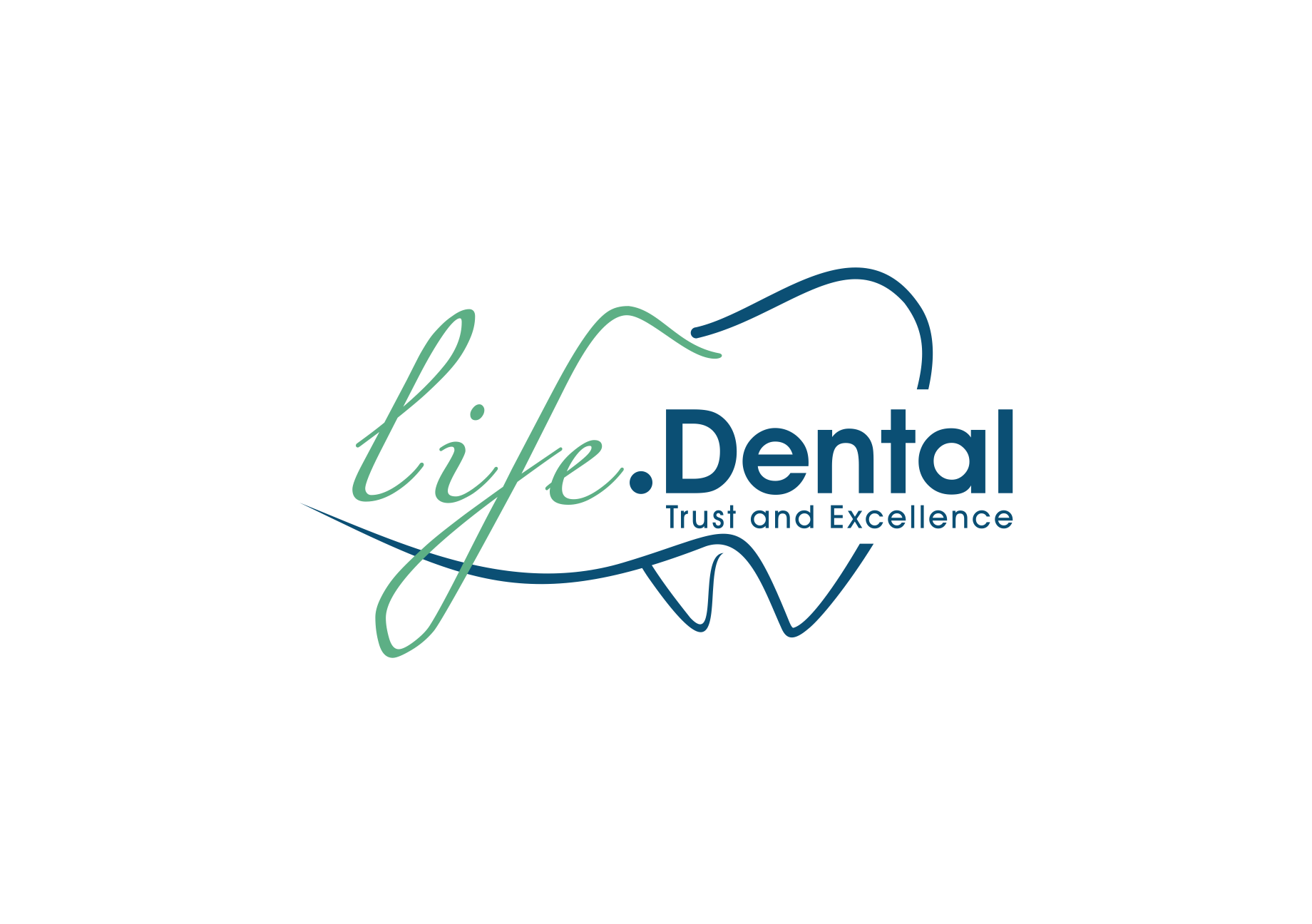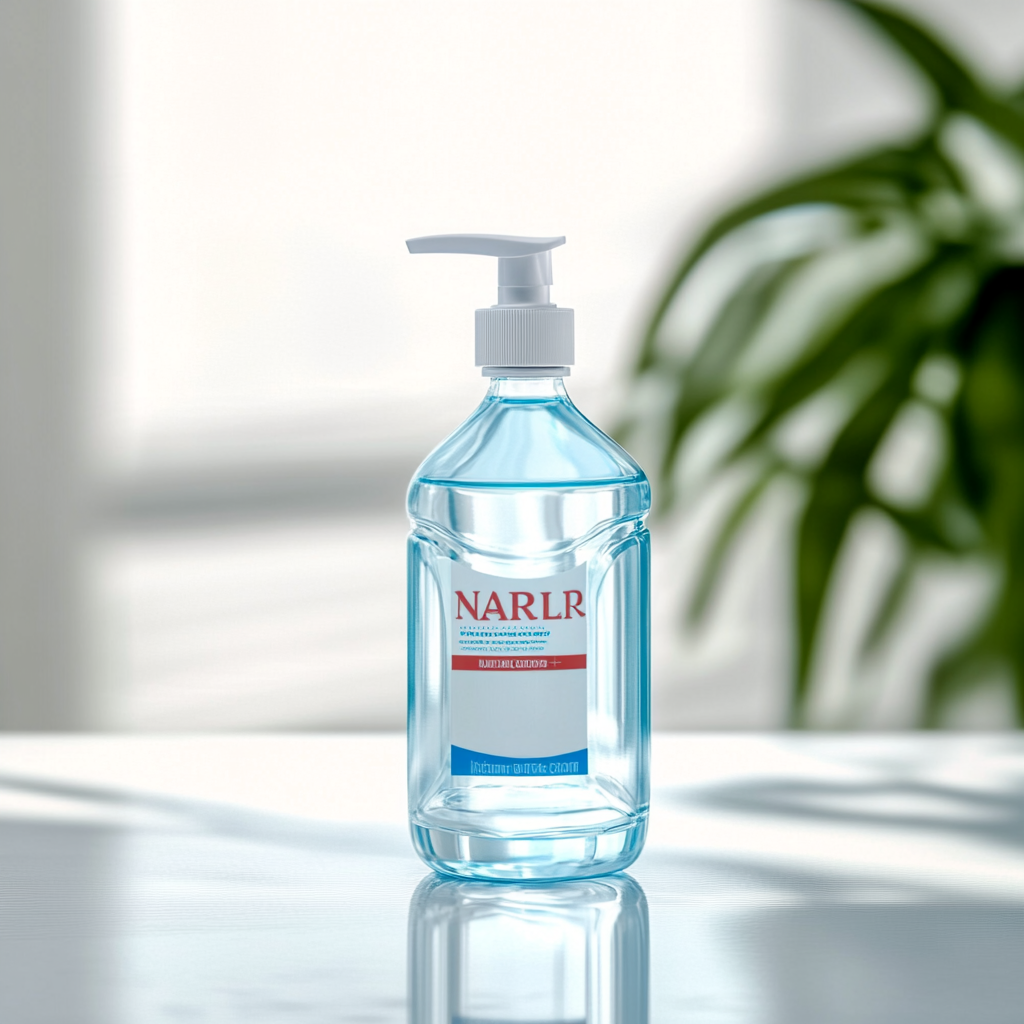· Dental Care · 3 min read
In-Depth Guide: The Efficacy and Safety of Whitening Toothpastes on Enamel Health
Understand how whitening toothpastes impact enamel health and learn how to choose products that balance effectiveness with safety.
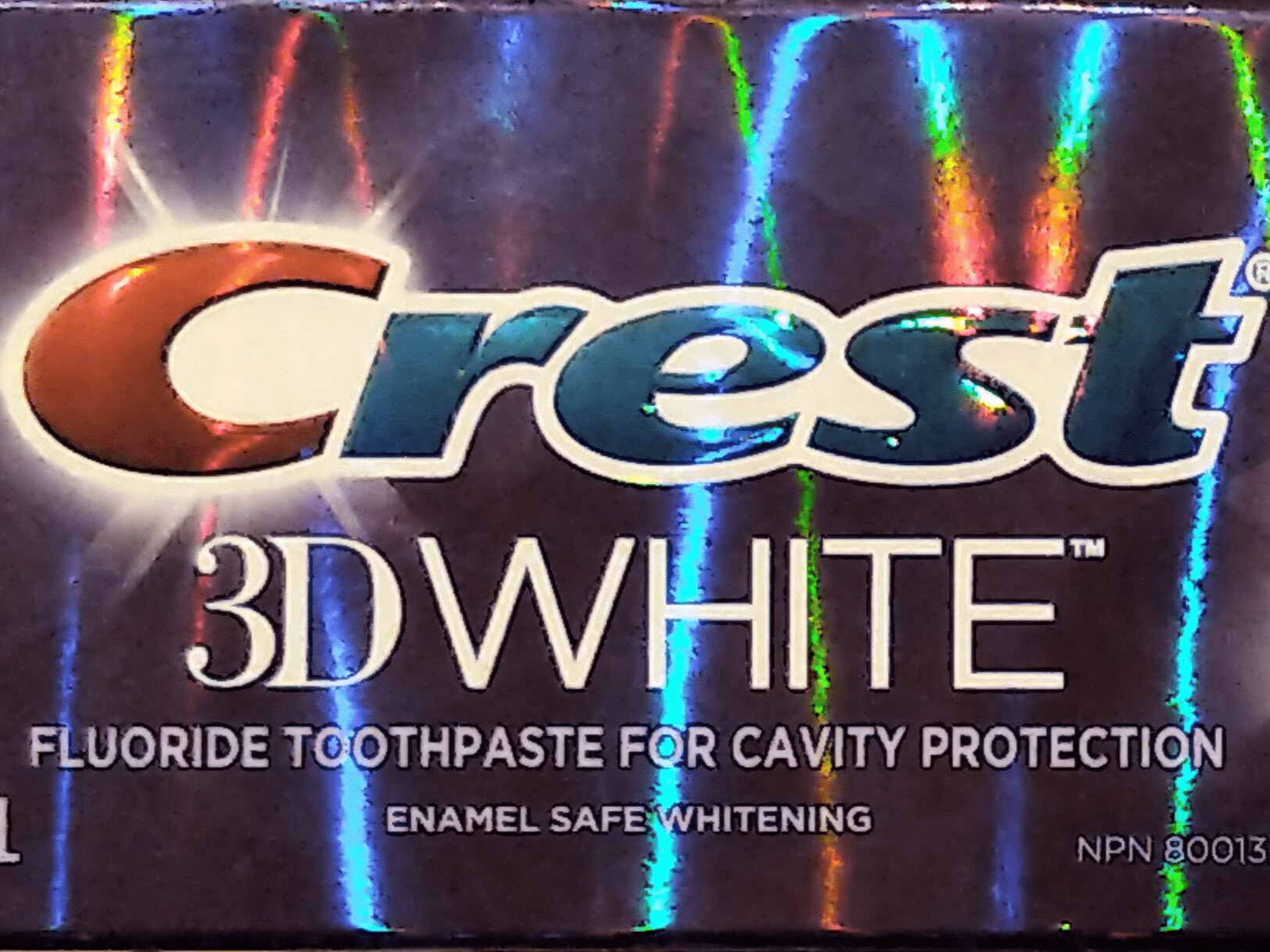
Overview
Whitening toothpastes have become a popular choice for those looking to brighten their smiles without professional treatments. But how safe are these products for your enamel? A recent study delves into the effectiveness of various whitening dentifrices and the potential risks of enamel roughness due to abrasiveness.
How Whitening Toothpastes Work on Enamel and Stains
Whitening toothpastes often use mild abrasives to remove surface stains. While effective for stain removal, this abrasiveness may increase enamel roughness with extended use, which can lead to long-term dental issues if not carefully managed.
Key Insight: Whitening dentifrices primarily address extrinsic stains on the enamel surface rather than penetrating the tooth structure. This means users should be mindful of abrasiveness levels to avoid unnecessary enamel wear.
Study Overview: Commercial and Experimental Whitening Formulas
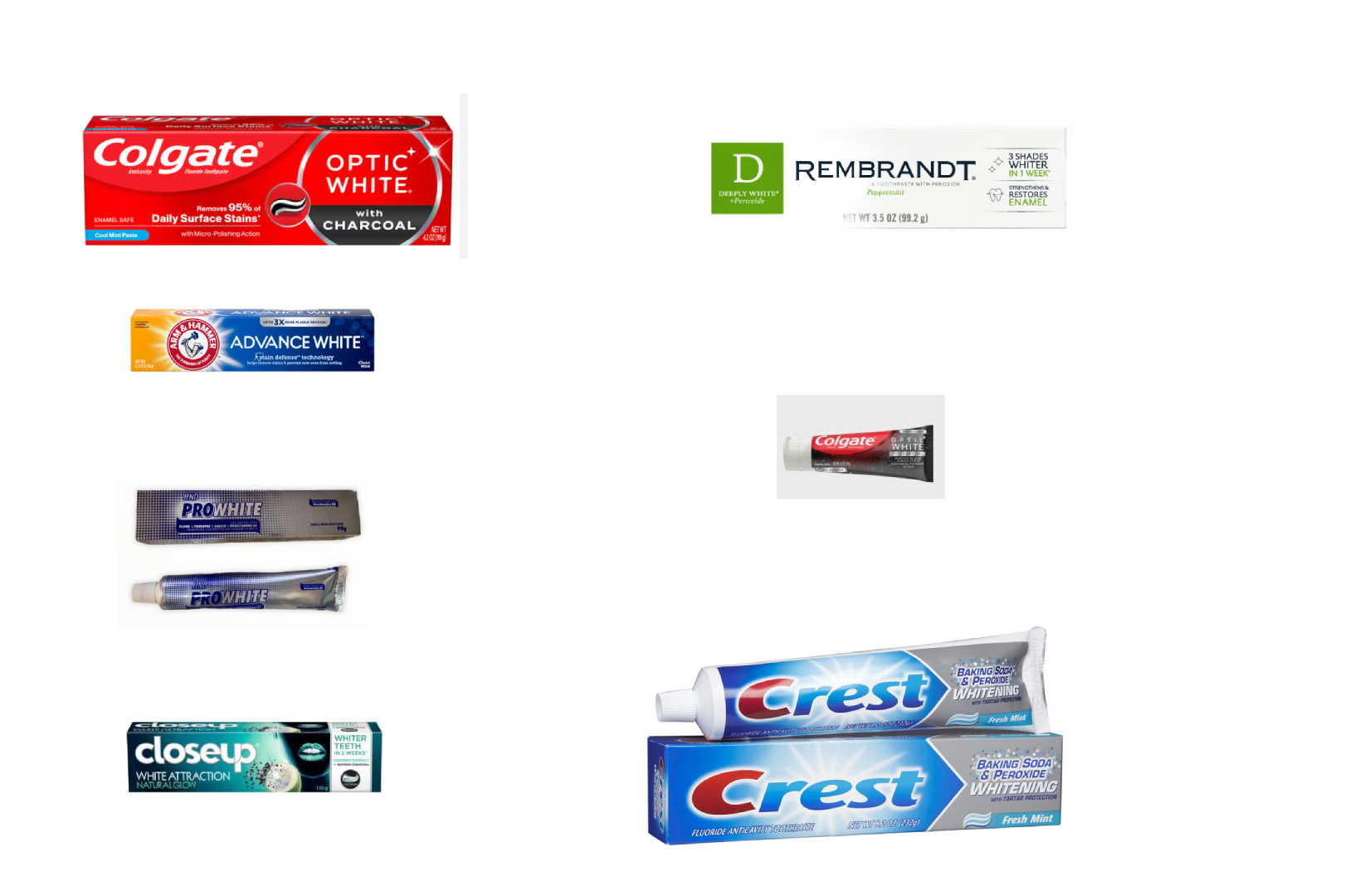
The study evaluated popular commercial brands, including Colgate® Optic White® and Crest® Baking Soda and Peroxide, alongside experimental formulas using enzymes like papain and bromelain. Through simulated brushing sessions, researchers assessed enamel roughness after up to 3,600 cycles, reflecting long-term usage.
For more on choosing the right whitening method, explore our Tooth Whitening Options.
Key Findings: Abrasiveness and Enamel Roughness
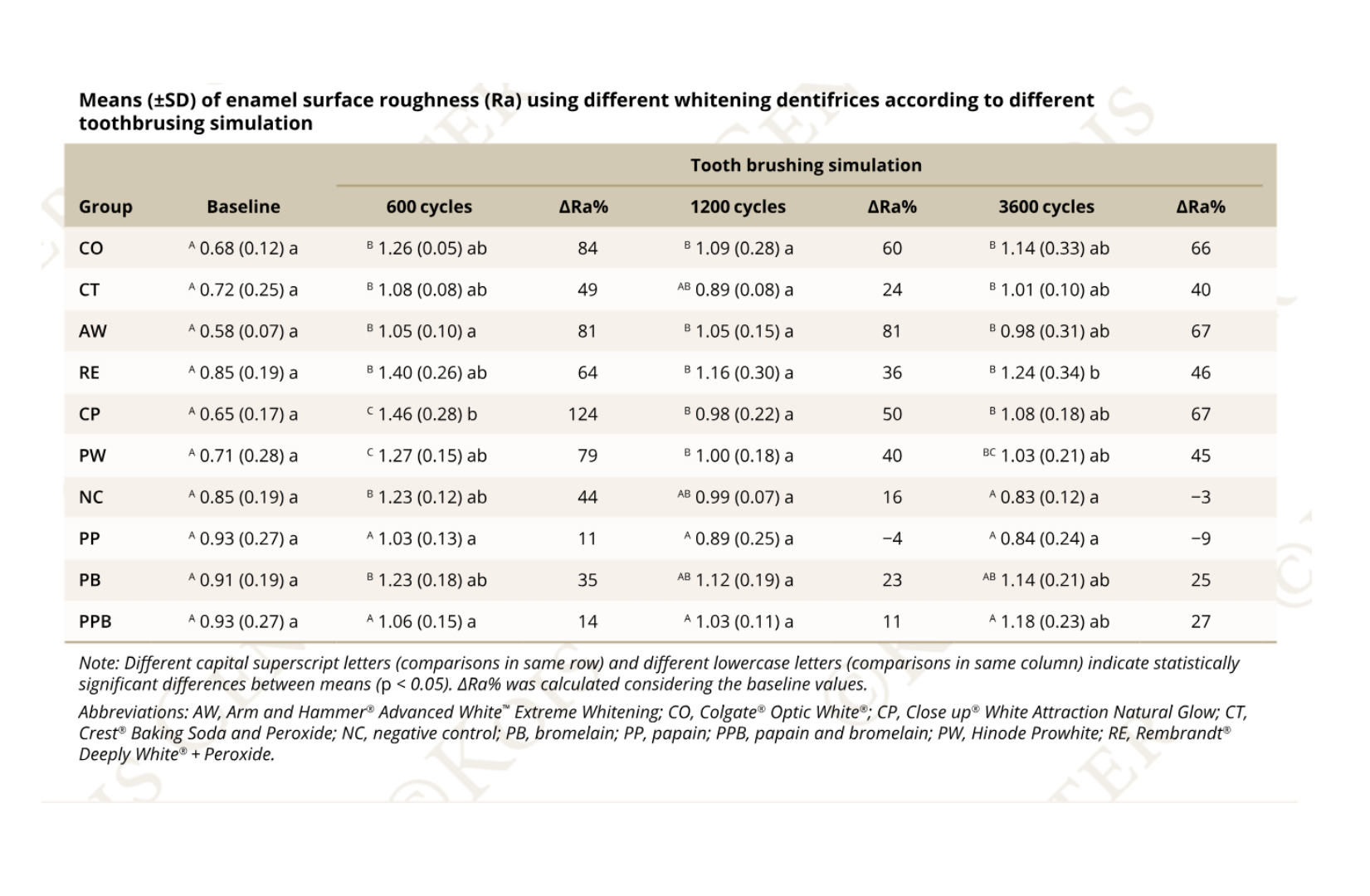
The study found varied results in enamel roughness (Ra) across products. Here are some highlights:
Commercial Formulas: Brands like Colgate® Optic White® removed stains effectively but showed an increase in enamel roughness over time, with a 66% increase after 3,600 brushing cycles.
Enzyme-Based Formulas: Experimental formulas containing papain and bromelain showed promise in stain removal without significantly increasing enamel roughness, offering a gentler alternative to traditional abrasives.
Control Toothpaste: A non-whitening control toothpaste confirmed that products without whitening agents did not alter enamel roughness, emphasizing the impact of abrasives in whitening products.
For more insights on toothpaste abrasiveness and its effects on enamel, visit our Choosing the right toothpaste.
Choosing a Safe Whitening Toothpaste
When selecting a whitening toothpaste, consider the following factors to ensure you’re protecting your enamel:
- Abrasiveness: Look for low-abrasive options with a Relative Dentin Abrasivity (RDA) below 70 to minimize enamel wear.
- Ingredient Safety: Enzyme-based formulas can provide effective whitening with less roughness. Avoid products with excessive abrasives if you have sensitive teeth.
- Brand Reputation: Choose brands known for balancing stain removal with enamel protection.
For more tips on preventive care, check our Preventive Dental Care Guide.
Conclusion: Balancing Whitening and Enamel Health
The study underscores the importance of balancing whitening effectiveness with enamel safety. While commercial whitening toothpastes can help remove surface stains, they may increase enamel roughness over time. Enzyme-based formulas, such as those containing papain or bromelain, show potential for safer stain removal with reduced abrasiveness.
Pro Tip: Consult your dentist before starting a whitening regimen. They can help you choose a product that brightens your smile without risking enamel health.
By selecting toothpaste thoughtfully, you’re investing in the long-term health of your teeth and ensuring a bright, resilient smile.
Reference
Schwarzbold CG, Cuevas-Suárez CE, Pacheco RR, Ribeiro JS, Carreño NLV, Lund RG, Piva E. In Vitro Efficacy of Commercial and Experimental Proteolytic Enzyme-Based Whitening Dentifrices on Enamel Whitening and Superficial Roughness. J Esthet Restor Dent. 2021 Sep;33(6):849-855.
For more insights on dental care and oral health, explore our Dental Blog.
